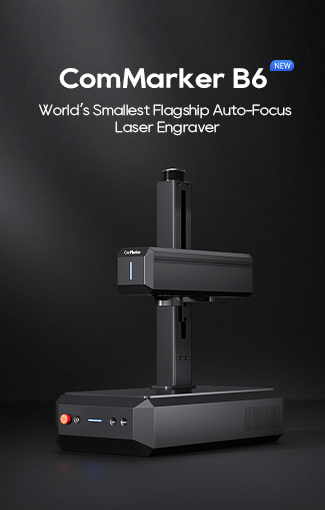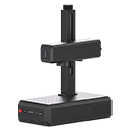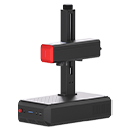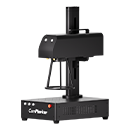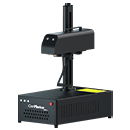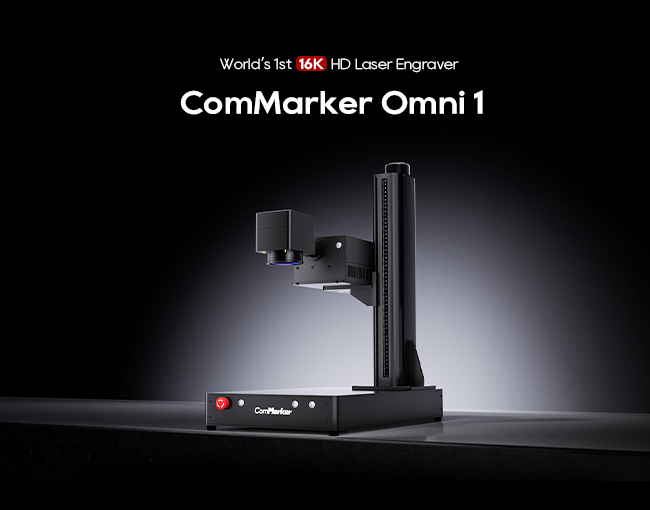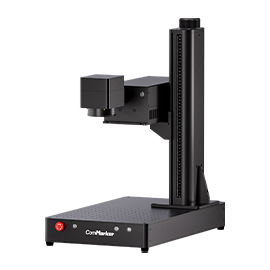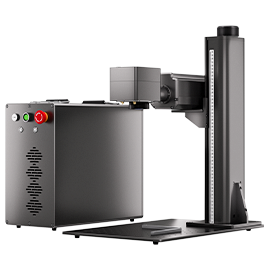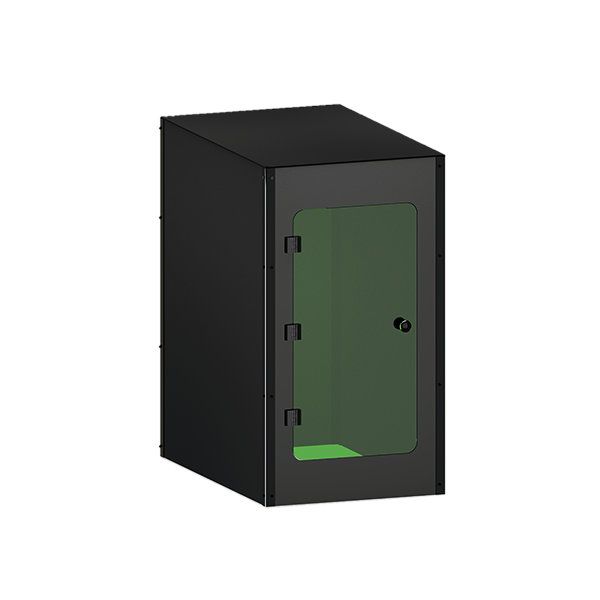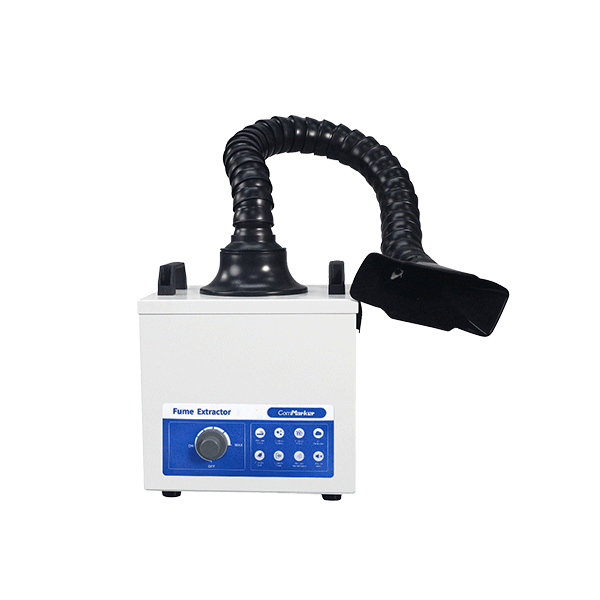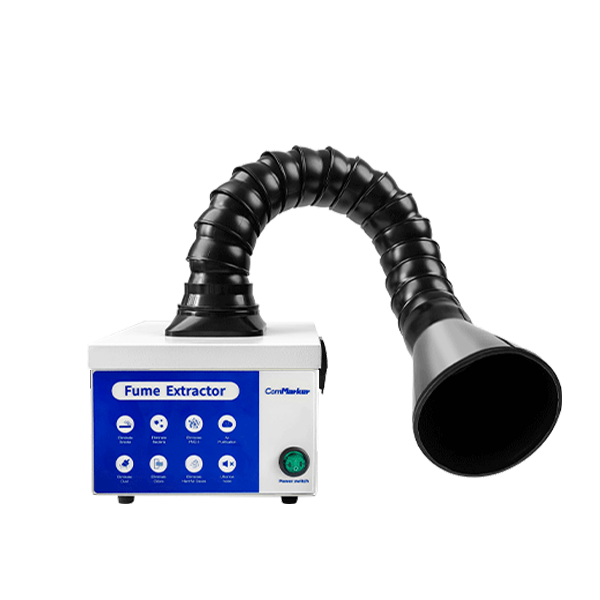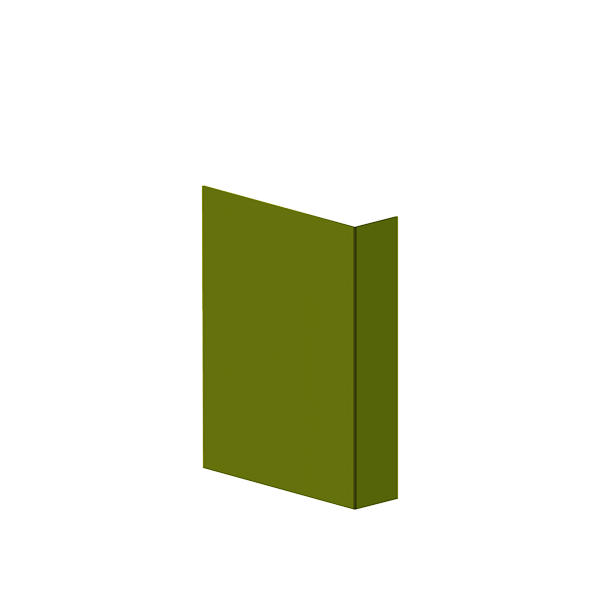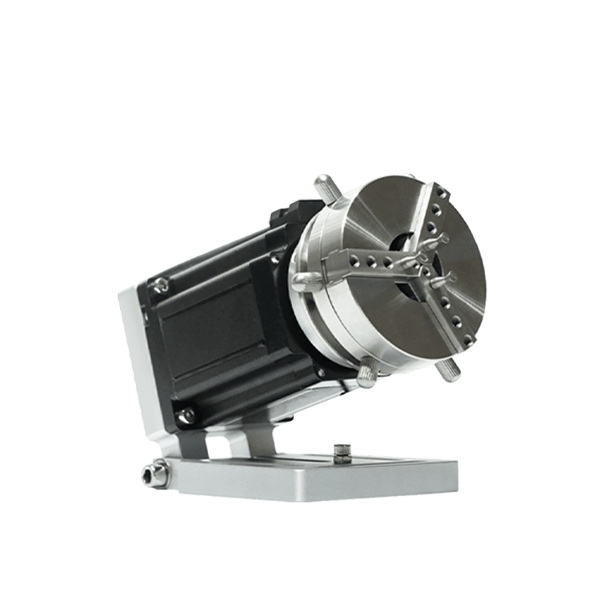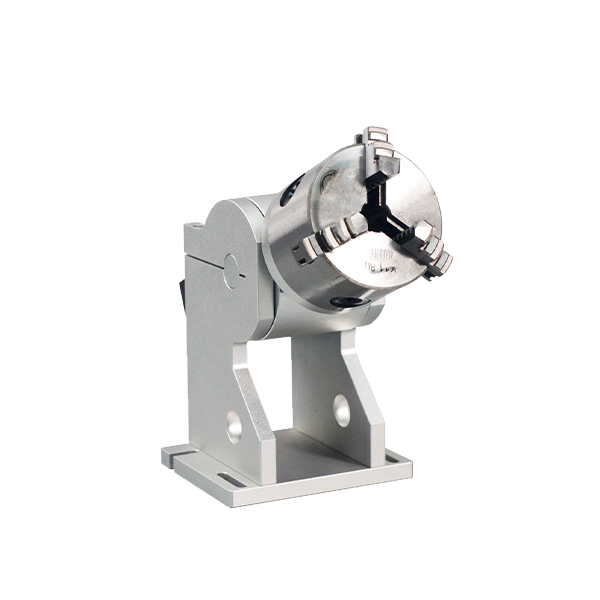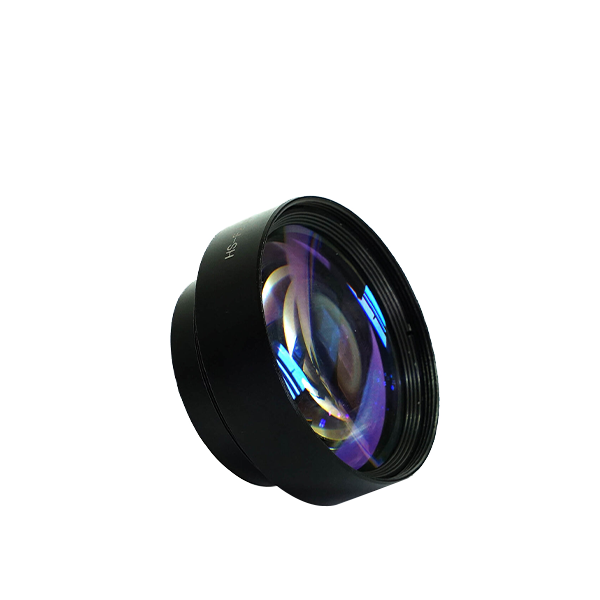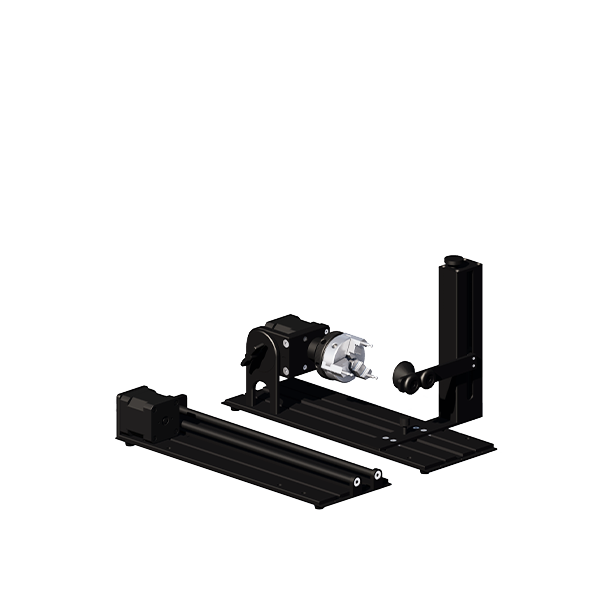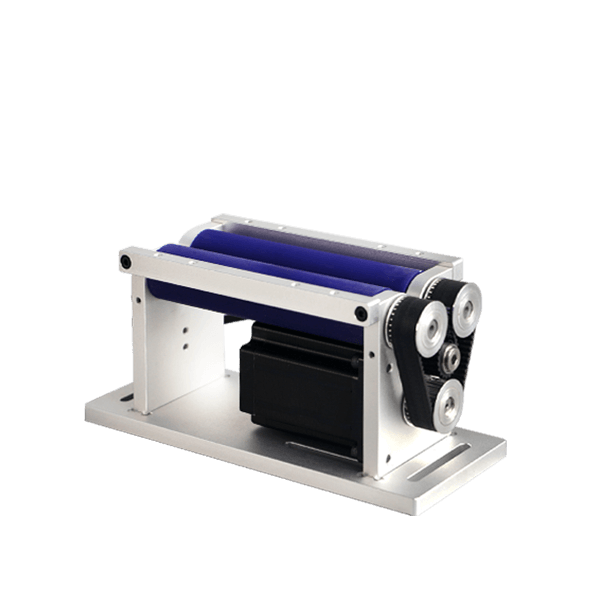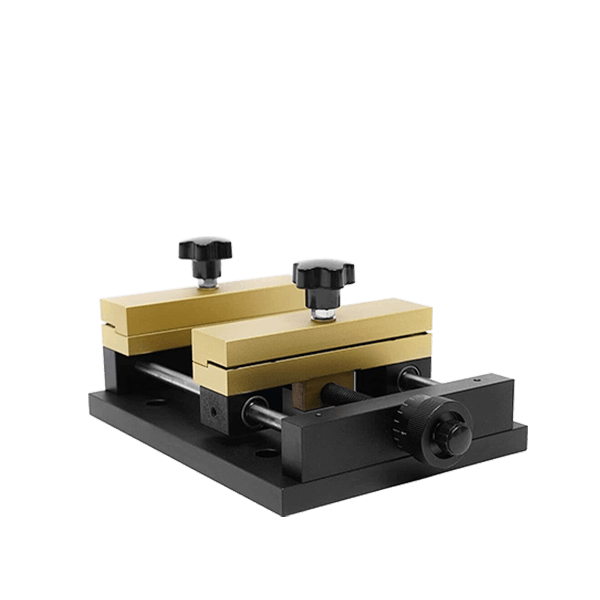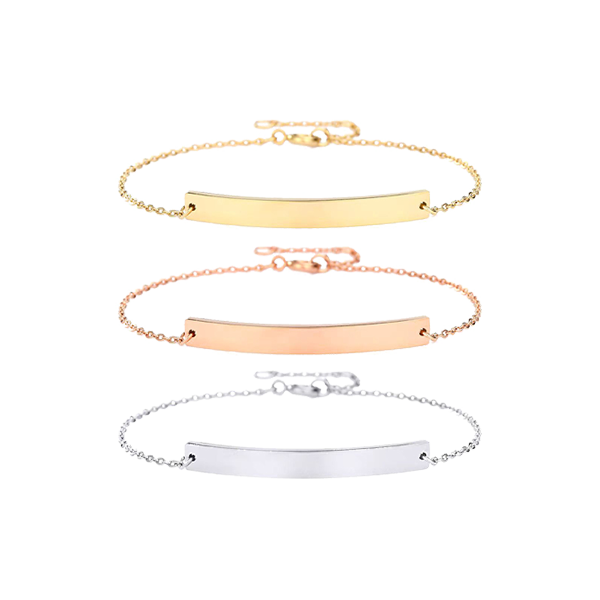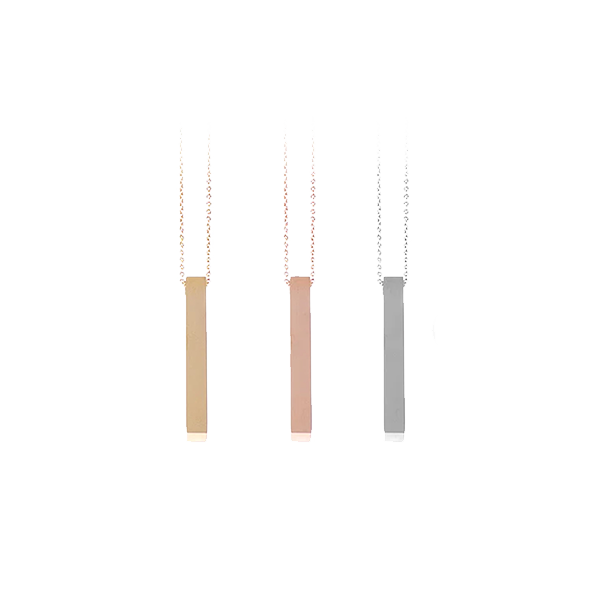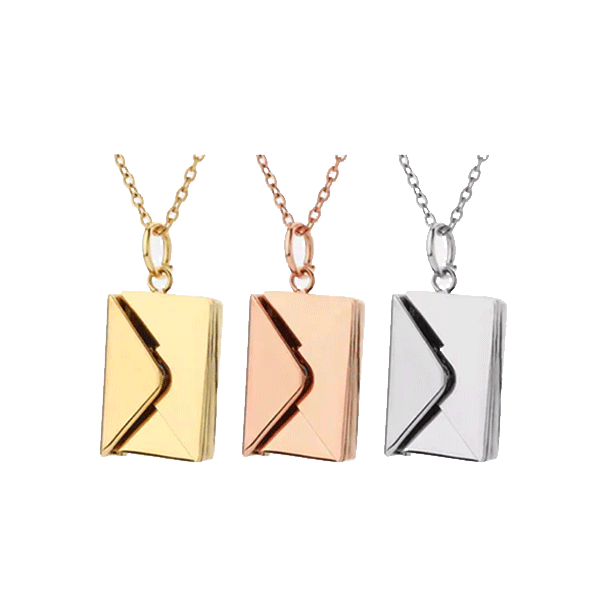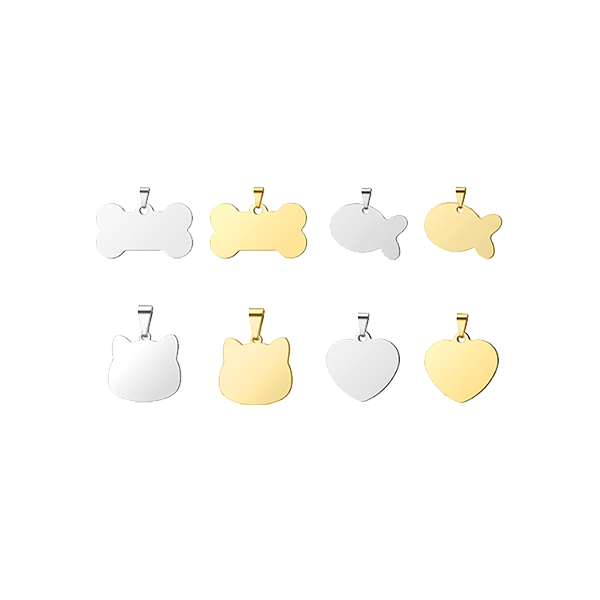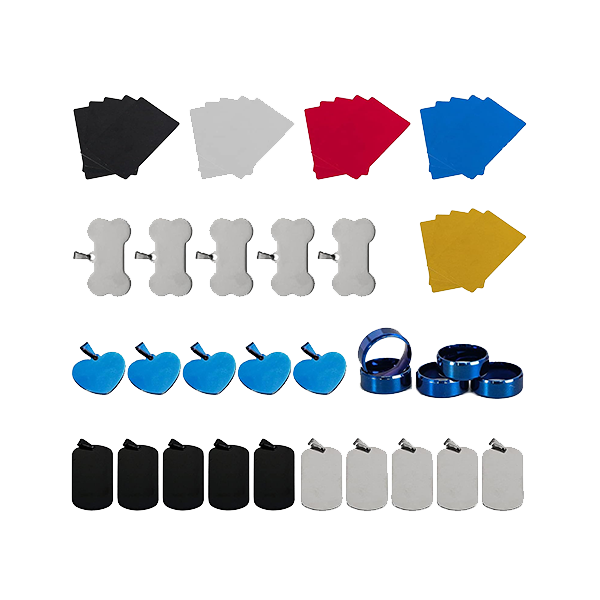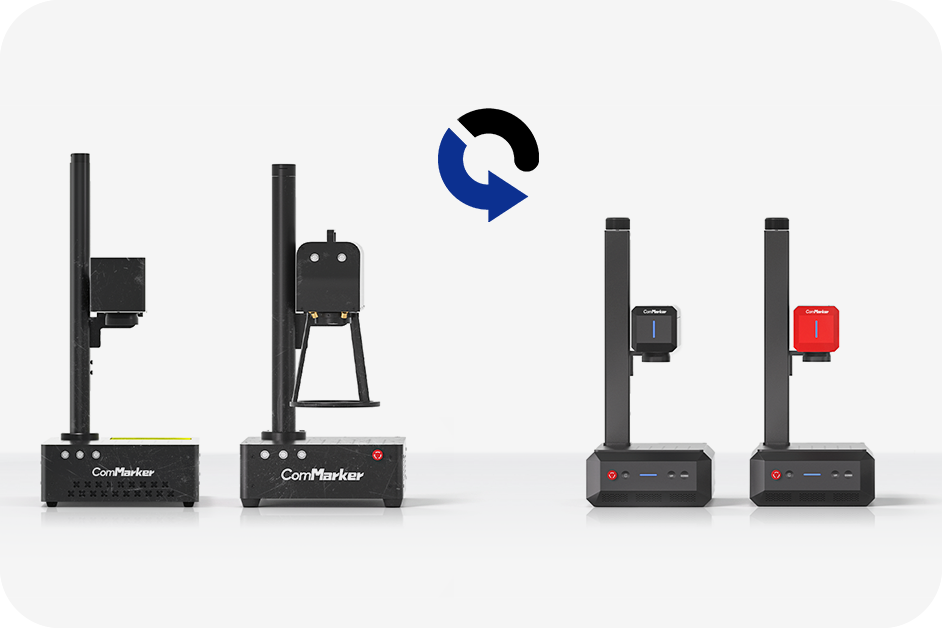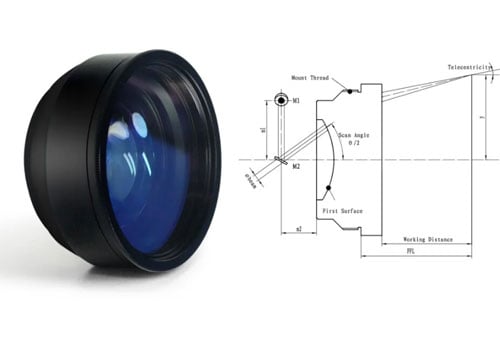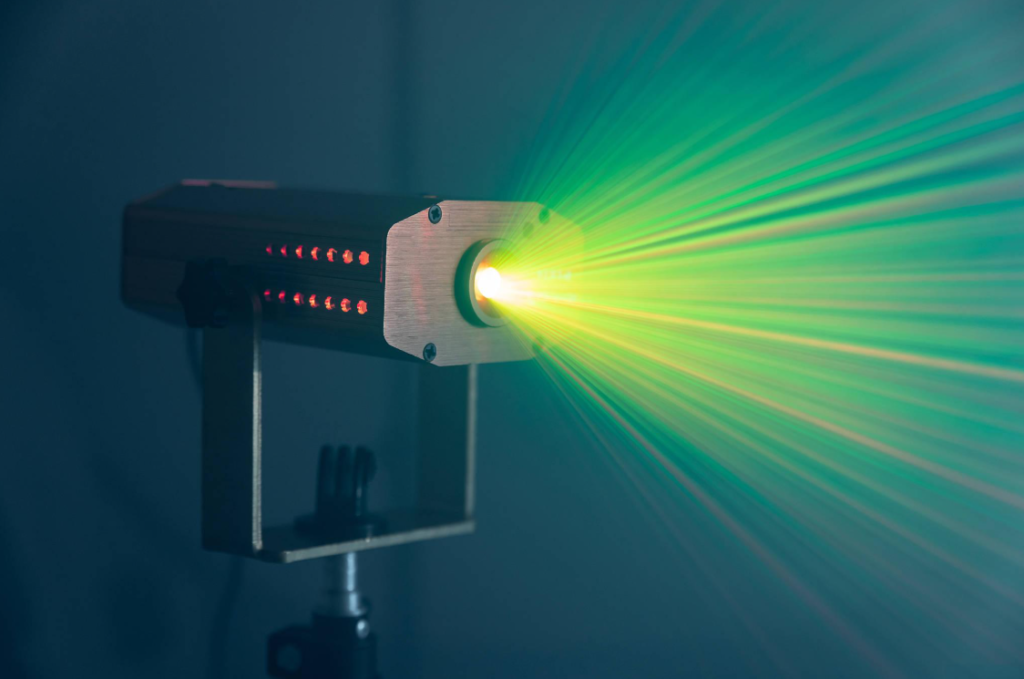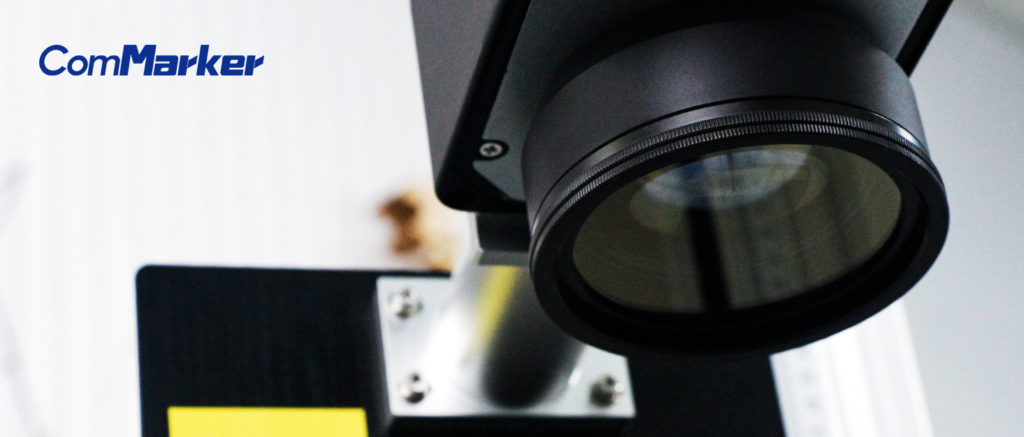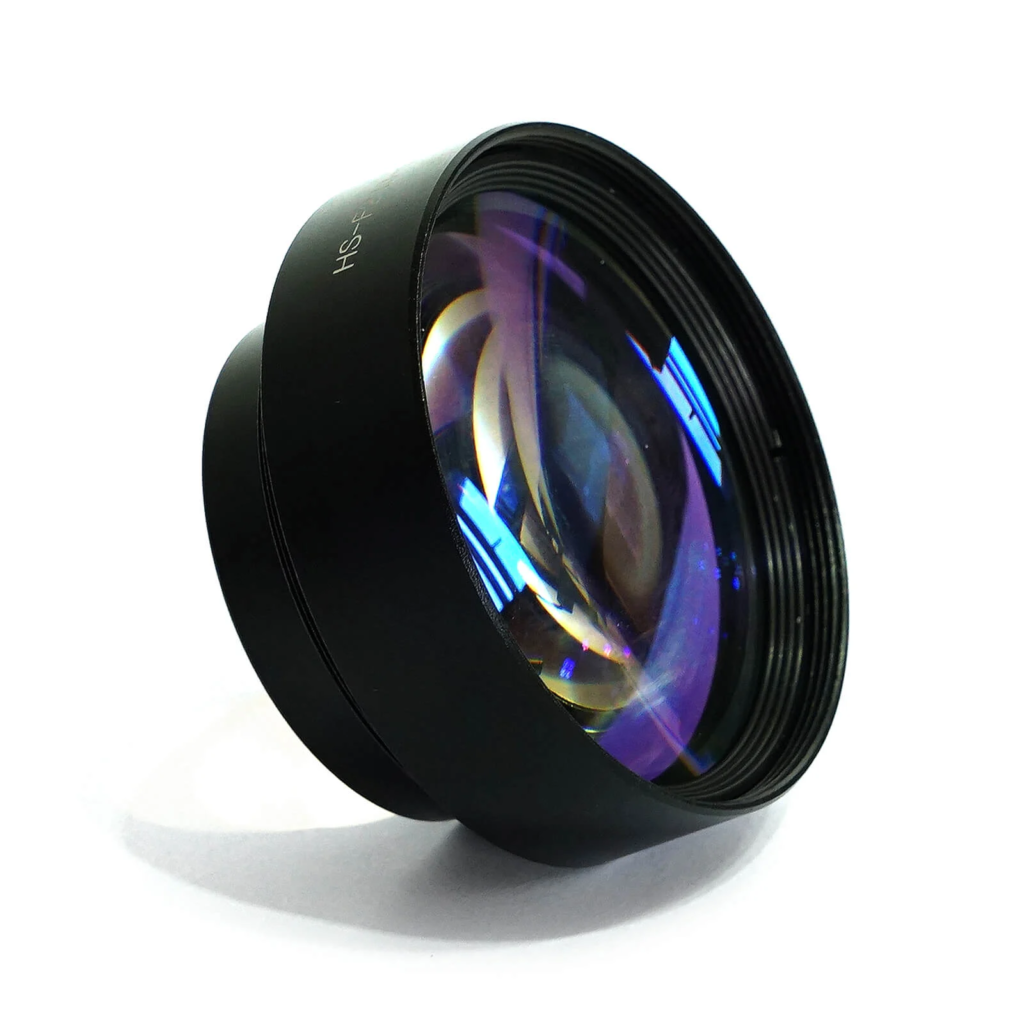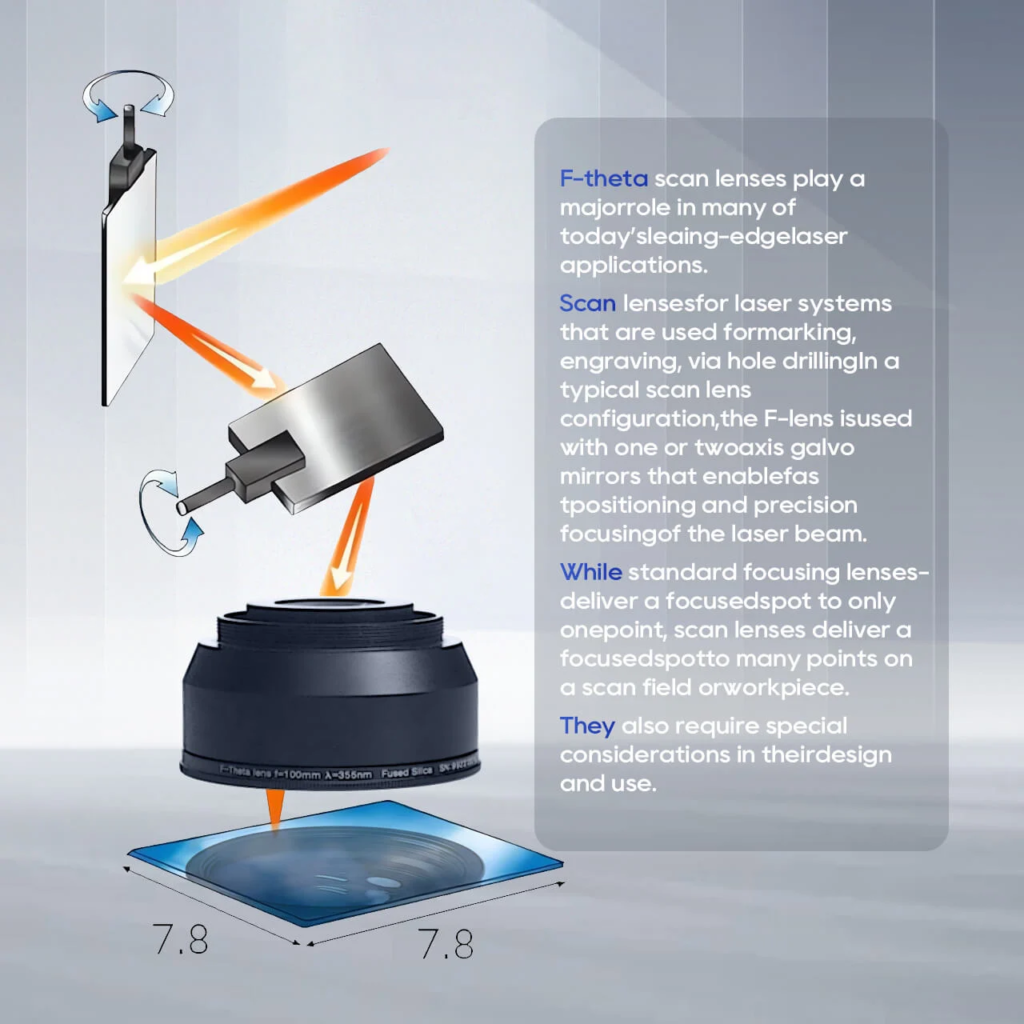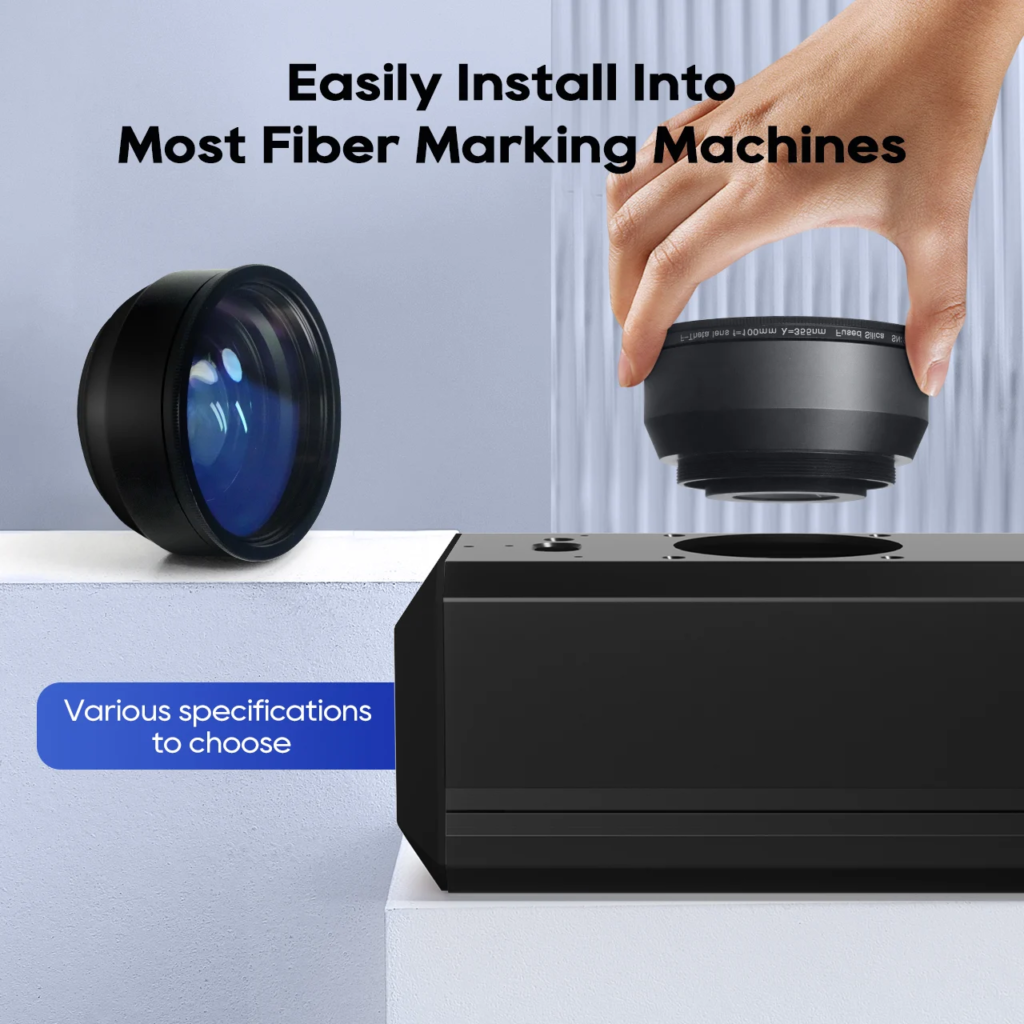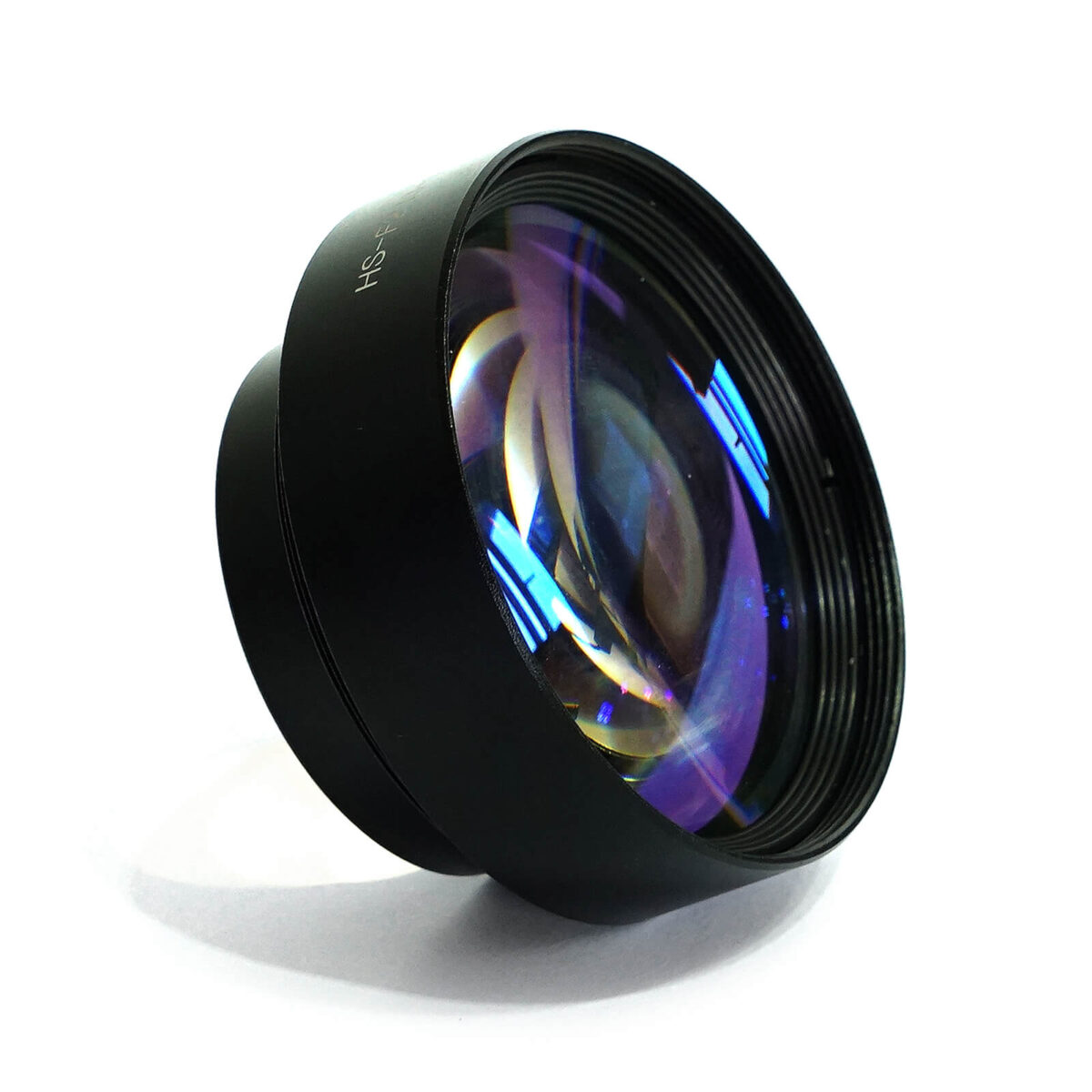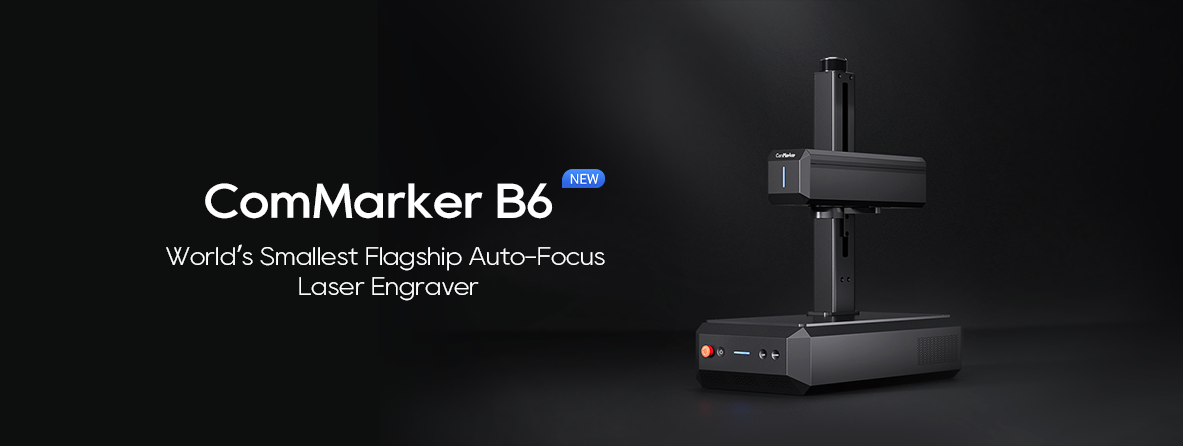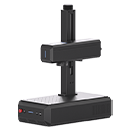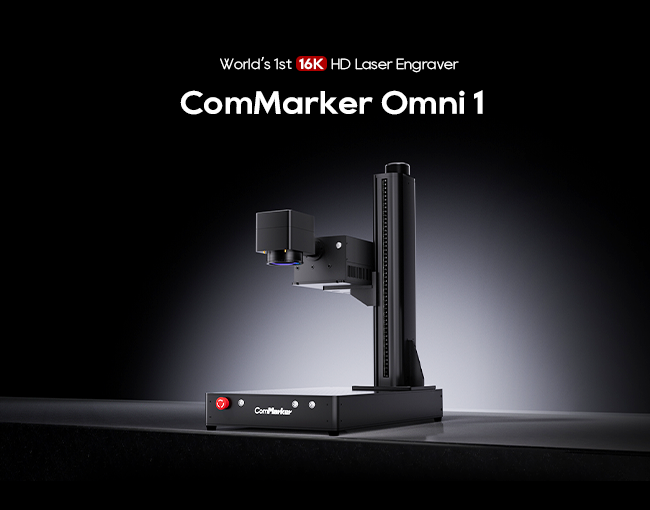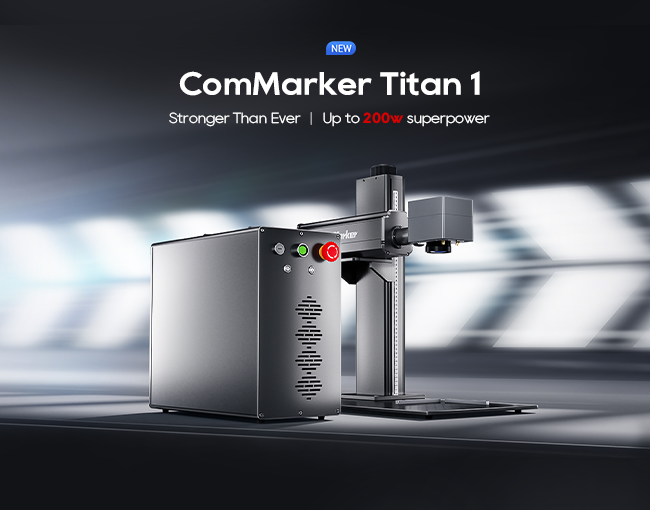Lasers are everywhere—from barcode scanners in grocery stores to life-saving medical devices, and even futuristic manufacturing tools. But have you ever wondered how lasers stay focused enough to engrave metal, perform surgery, or even shoot light across miles? The secret lies in a small but incredibly important component: 그만큼 lens.
이 가이드에서는, we’ll walk you through the fascinating world of laser lenses. Don’t worry! We’re keeping it simple and easy to understand—no complicated physics required. We’ll break down technical terms, explain how lenses shape light, and show you why choosing the right lens for your laser is just like picking the perfect pair of glasses.
목차
- How Do Lasers Work?
- The Basics of Laser Lenses
- Types of Laser Lenses
- What Are Laser Lenses Made Of?
- Specialized Lenses for Different Lasers
- Real-World Applications of Laser Lenses
- How to Choose the Right Laser Lens
- The Future of Laser Lens Technology
1. How Do Lasers Work?
What’s a Laser?
A laser stands for “Light Amplification by Stimulated Emission of Radiation.” Unlike a regular flashlight, which scatters light in all directions, a laser emits a very focused, intense beam where all the light waves travel in sync. Imagine a flashlight as a crowd of people moving in random directions, and a laser as a perfectly synchronized marching band.
Why Does Focus Matter?
A laser starts inside a special cavity where light bounces between mirrors to increase its power. 하지만, to be useful—whether cutting through steel or reading a DVD—the laser needs to focus into a tiny, powerful point. That’s where lenses come in.
Analogy Time!
Think about using a magnifying glass to concentrate sunlight and burn a leaf. A laser lens works in much the same way, except it focuses trillions of tiny light particles (photons) into a pinpoint.
2. The Basics of Laser Lenses
What Makes Laser Lenses Different?
Regular camera lenses or eyeglasses are made for visible light. But laser lenses need to handle:
- 고전력: Some industrial lasers can literally melt metal.
- Specific wavelengths: Like infrared or ultraviolet light, which we can’t see with the naked eye.
- Extreme precision: Even the smallest error can ruin an engraving or cut.
Key Terms Explained
- 초점 거리: The distance from the lens to the point where light focuses.
- Short focal length = more precise focus (good for detailed engravings).
- Long focal length = wider focus (good for marking large surfaces).
- 파장: The “color” of the laser light (even if invisible). It’s essential for the lens to match the laser’s wavelength to avoid damage or energy loss.
- Refraction: The bending of light when it passes through a lens. The shape of the lens determines how much light bends, which is how it focuses.
3. Types of Laser Lenses
Convex Lenses (Focusing Light)
- Shape: Thicker in the center, thinner at the edges.
- Job: Focuses laser beams into a small point.
- 사용: Common in laser engraving and cutting machines.
When parallel laser light hits a convex lens, it bends inward and converges at a point. The smaller the focal point, the higher the energy concentration, and the better it can cut or engrave.
Concave Lenses (Spreading Light)
- Shape: Thinner in the middle, thicker at the edges.
- Job: Spreads the laser beam out.
- 사용: Often used to expand the beam before focusing it.
때때로, a concave lens is used to first widen the beam, then a convex lens focuses it more precisely.
Cylindrical Lenses (Making a Line)
- Shape: Curved in one direction, flat in the other (think of a soda can sliced lengthwise).
- Job: Turns a round laser beam into a straight line.
- 사용: Common in laser printers, scanners, or leveling tools.
Aspheric Lenses (Fixing Distortion)
These lenses are designed to reduce distortions that can happen due to the lens shape, especially in high-precision applications like medical or scientific devices.
Fresnel Lenses (Space-Saving and Lightweight)
Fresnel lenses are very thin and designed with special grooves to focus light. They’re great for compact devices because they’re light and save space.
4. What Are Laser Lenses Made Of?
The material of a laser lens plays a huge role in its performance. Common materials include glass, 플라스틱, and crystals, each with its own advantages.
- Glass Lenses: Usually preferred for high-power lasers because they can handle heat and have excellent optical properties.
- Plastic Lenses: More affordable and lightweight, ideal for low-power lasers or smaller devices.
- Crystal Lenses: Often used for CO2 lasers, these materials (like zinc selenide) work well with infrared light.
Coating Technology
Laser lenses often have special coatings to improve performance. Anti-reflective coatings reduce energy loss, and scratch-resistant coatings help extend the lens’s life.
5. Specialized Lenses for Different Lasers
Different types of lasers require different lenses, based on the wavelength of the light they produce. Here are a few examples:
- CO2 레이저: These lasers use infrared light and often need lenses made of materials like zinc selenide (ZnSe) to focus the beam.
- 파이버 레이저: These require specialized fiber-optic lenses that focus with extreme precision, useful for cutting and engraving.
- Ultrafast Lasers: Femtosecond lasers, used in surgeries and research, need lenses that can handle short, intense pulses without distortion.
6. Real-World Applications of Laser Lenses
Laser lenses aren’t just used in labs—they have practical, everyday uses in many industries.
- Metal Engraving and Cutting: The right lens ensures that the laser can cut through metal cleanly and precisely.
- Eye Surgery (LASIK): In medical procedures like LASIK, the laser’s focus must be perfect to reshape the cornea with precision.
- Scientific Research and Space Exploration: In telescopes, laser-based instruments, and even space missions, lenses help focus light across vast distances.
7. How to Choose the Right Laser Lens
Choosing the right lens involves considering several factors, 같은 laser’s wavelength 그리고 힘. 예를 들어, for a high-powered laser, you’ll need a lens made from durable materials that can withstand heat, while for detailed engravings, a lens with a short focal length is key.
It’s also important to balance budget and performance. While high-end lenses can give you better results, they come at a higher price. Understanding your specific needs will help you pick the perfect lens.
레이저 기계용 ComMarker 필드 렌즈
Please kindly note 300mm lens is only suitable for 60W and above fiber machine.
8. The Future of Laser Lens Technology
The future of laser lenses is exciting! We’re starting to see smart lenses with adaptive optics, which can adjust in real-time to environmental conditions, making them more precise than ever.
Nanotechnology could also play a role, leading to even more efficient and durable lenses. These advancements will likely push the boundaries of what lasers can do, from medical procedures to cutting-edge manufacturing.




